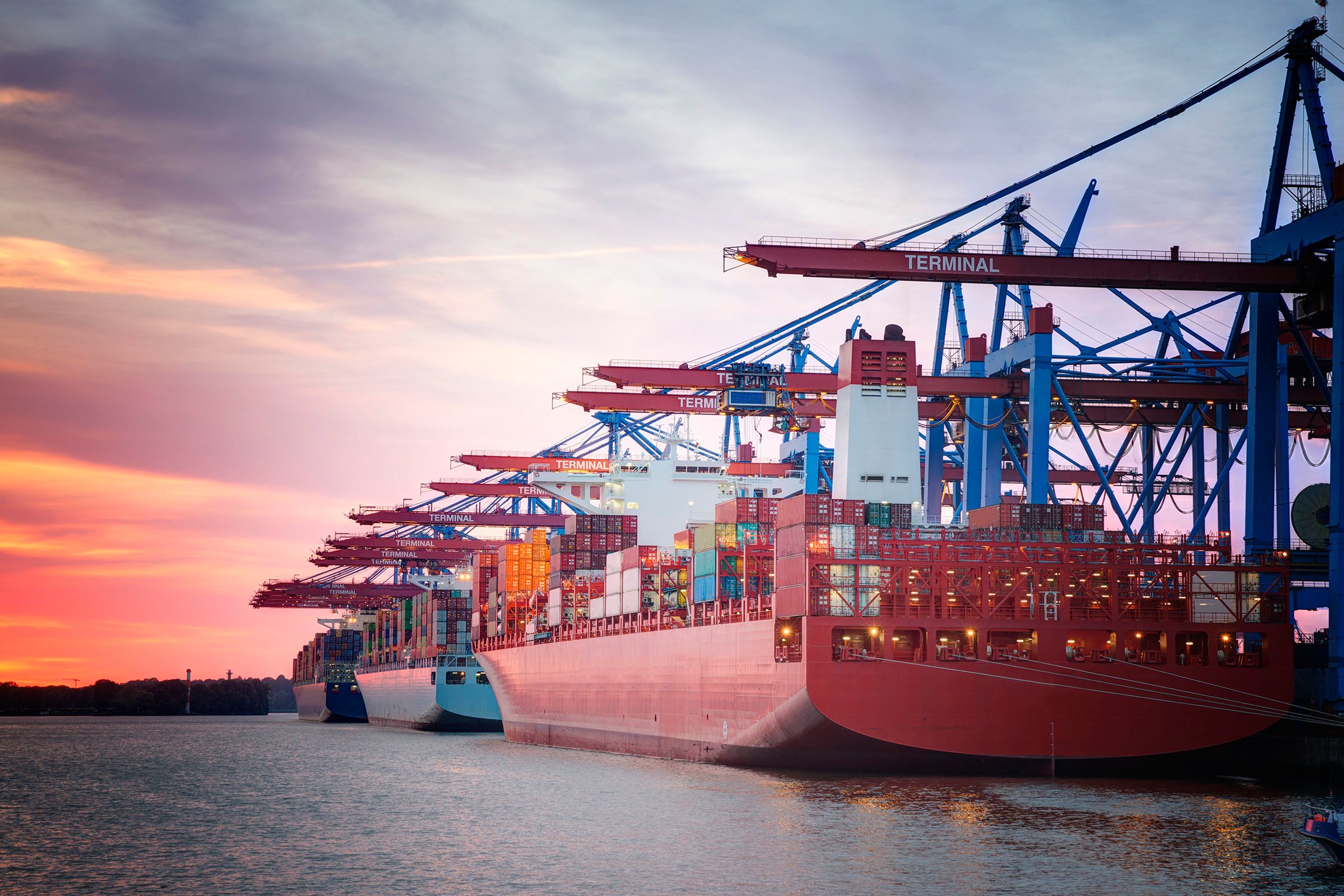On June 25th, Baker McKenzie’s Trade, Sanctions, and Customs Practice will be hosting a webinar focused on Tariffs: A Holistic View of Legal & Business Considerations (Trade, Customs, Commercial, Disputes, Employment, M&A, Restructuring and more).In this webinar, our multi-specialist panel will share their insights on tariff mitigation strategies and considerations across the supply chain and provide practical advice to help you navigate these complexities. The webinar will take place at 10:00 EDT / 15:00 BST /…
On 3 June 2025, Baker McKenzie kicked off its Annual Compliance Conference Webinar Series with a session focusing on the evolving customs and tariffs landscape under the new U.S. administration. The panel, chaired by Jenny Revis, featured our global experts who unpacked a number of recent sweeping changes, as well as strategic responses for businesses impacted by the ongoing shifts in global trade. The panel examined the current tariff landscape in the US, looking at…

On June 3, President Trump signed a proclamation increasing tariffs on certain imported steel and aluminum to 50% under Section 232 of the Trade Expansion Act of 1962. The proclamation increases the applicable rate of these duties from 25% and makes additional changes as to the applicable duties for certain products which could be subject to multiple tariff schemes. A summary of the effects of this June 3 proclamation are outlined in this update. Key…

Following a busy week in trade, with numerous US court decisions over the past days, businesses may be left wondering as the week wraps up: where does the recent flurry of decisions leave us? Where things stand Refresher on how we got here

In a landmark decision, the United States Court of International Trade (“CIT”) has ruled against the President’s imposition of tariffs under the International Emergency Economic Powers Act (“IEEPA”). The decision (involving two consolidated cases, V.O.S. Selections, Inc. et al. v. United States of America et al. and The State of Oregon et al. v. United States Department of Homeland Security et al.), is the first court decision on the Administration’s trade policy and the first…

Following our previous post here, we provide an update on the current developments in this area. On April 2, 2025, the US administration announced reciprocal tariffs on all imports into the United States (see here). As it has been widely reported, pharmaceutical products were exempted from these tariffs whereas medical devices were not. Subsequently, on April 9, 2025, the administration announced a 90-day postponement of the reciprocal tariffs for most countries except for China. For…

In brief Following the US administration’s extensive new import tariffs, many companies are grappling with increased costs and supply chain uncertainty. What happens when a deal becomes financially unsustainable due to government-imposed trade restrictions? Companies should consider the force majeure and change management clauses in their contracts, and the doctrines of impossibility, impracticability and frustration of purpose under applicable statutes and the common law, to assess whether they are entitled to relief. This article examines these…

On 2 April 2025, United States President Donald J. Trump has invoked his authority under the US International Emergency Economic Powers Act of 1977 (IEEPA) to impose the following tariffs on imports into the United States: Certain goods are not subject to the reciprocal tariffs (e.g., steel, aluminum and autos and auto parts subject to existing Section 232 tariffs [of the US Trade Expansion Act of 1962], copper, semiconductors, pharmaceuticals, lumber, certain energy and critical…

On 3 April 2025, the UK Government published a consultation on the impact of any future tariffs on UK imports from the US. The consultation followed an announcement by the UK Trade Secretary in Parliament that the UK Government is considering “every option” in response to US President Trump’s imposition of “Liberation Day” import tariffs on the UK of 10%. For further details regarding the announcement of these tariffs and the global impact, please see our blog…

At 4 PM EDT on April 2, 2025, President Trump announced his reciprocal tariffs on all imports into the United States. Importantly, goods from Canada and Mexico were excluded from additional duties. Other announced rates include: United Kingdom (10%), EU (20%), China (34%), Vietnam (46%), Taiwan (32%), South Africa (30%), Japan (24%), India (26%), South Korea (25%), and Brazil (10%). While the White House Fact Sheet and Executive Order have been released, official documents referenced…

